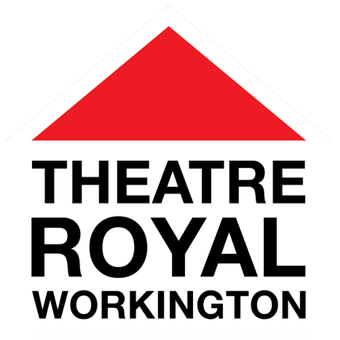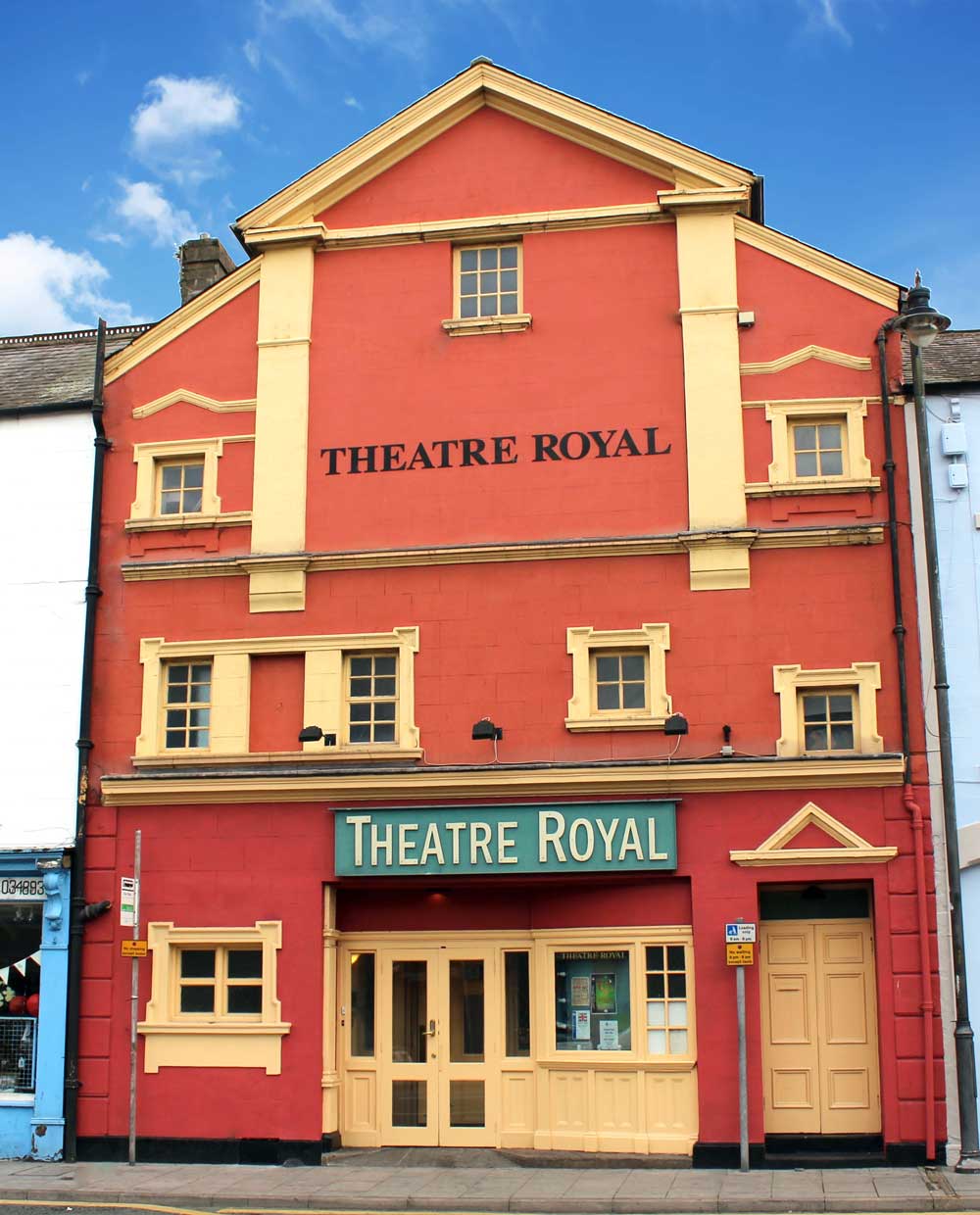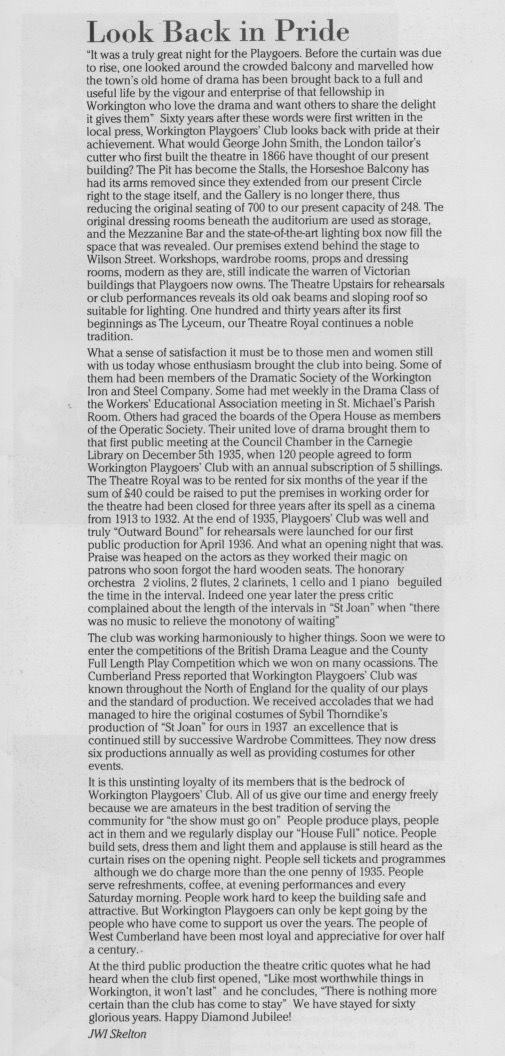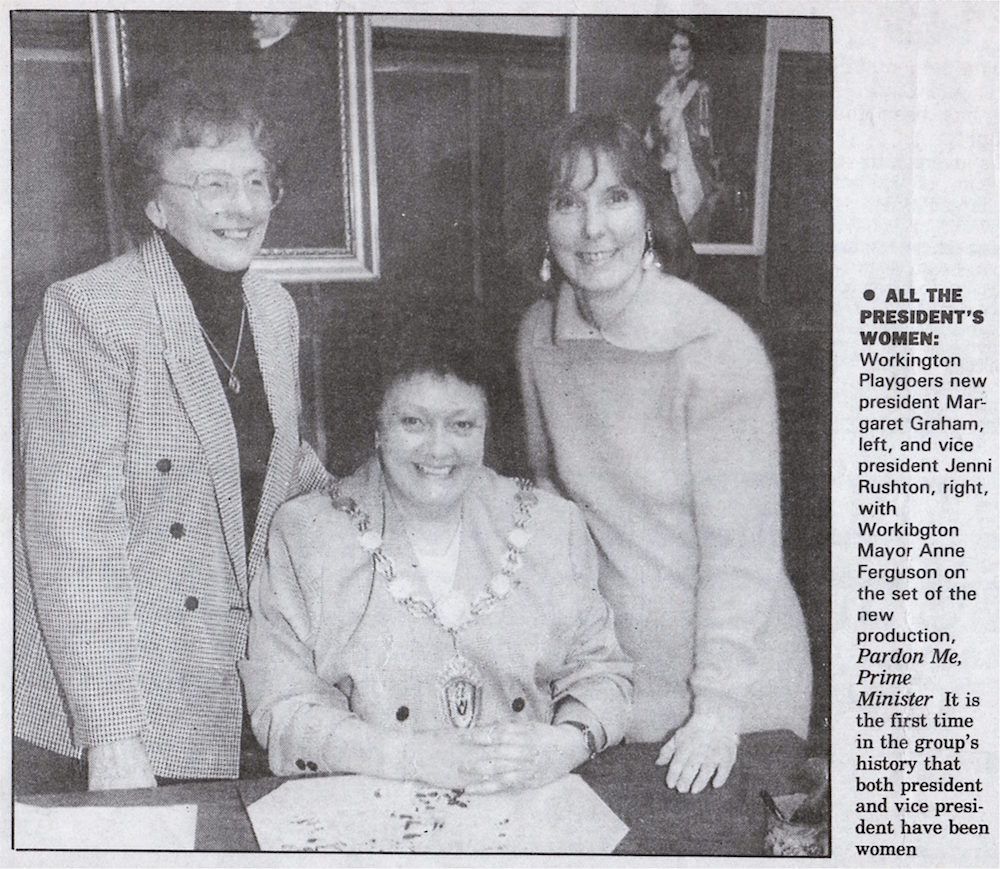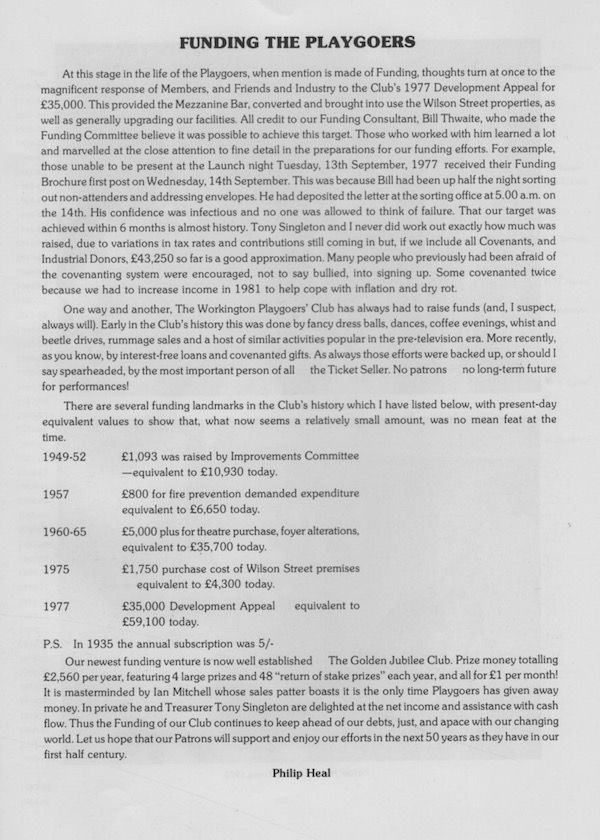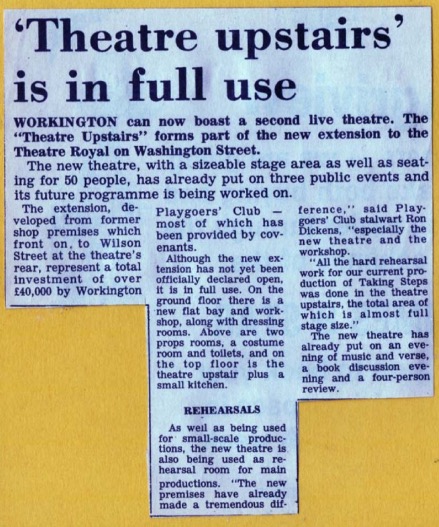Our History
Workington Playgoers joined the Little Theatre Guild (LTG) a co-operative of independent theatre groups or societies which are self-governing and which put on a regular programme of stage plays which are non-commercial in character in their own theatres.
All debts were paid off and for the first time the Club owned the Theatre Royal. An adjoining property in Wilson Street was purchased and the Upstairs Theatre, an old oak-beamed rehearsal room and extensive storage for props and wardrobe were established. New dressing rooms and a large workshop area were also developed.
Workington Playgoers Club with a membership of 400 successfully negotiated the outright purchase of the Theatre Royal. The number of public performances was increased to 5 a year.
Workington Playgoers Club celebrated its Silver Anniversary involving 79 actors in ten public performances.
The wooden seats in the Stalls (2/-d or 1/-d on the 8 back rows) and the narrow seats on the balcony (2/6d) were replaced and the floor of the theatre was raked to improve the view of the Stage. Subsequent improvements in the seating have progressively reduced the capacity from 376 to
